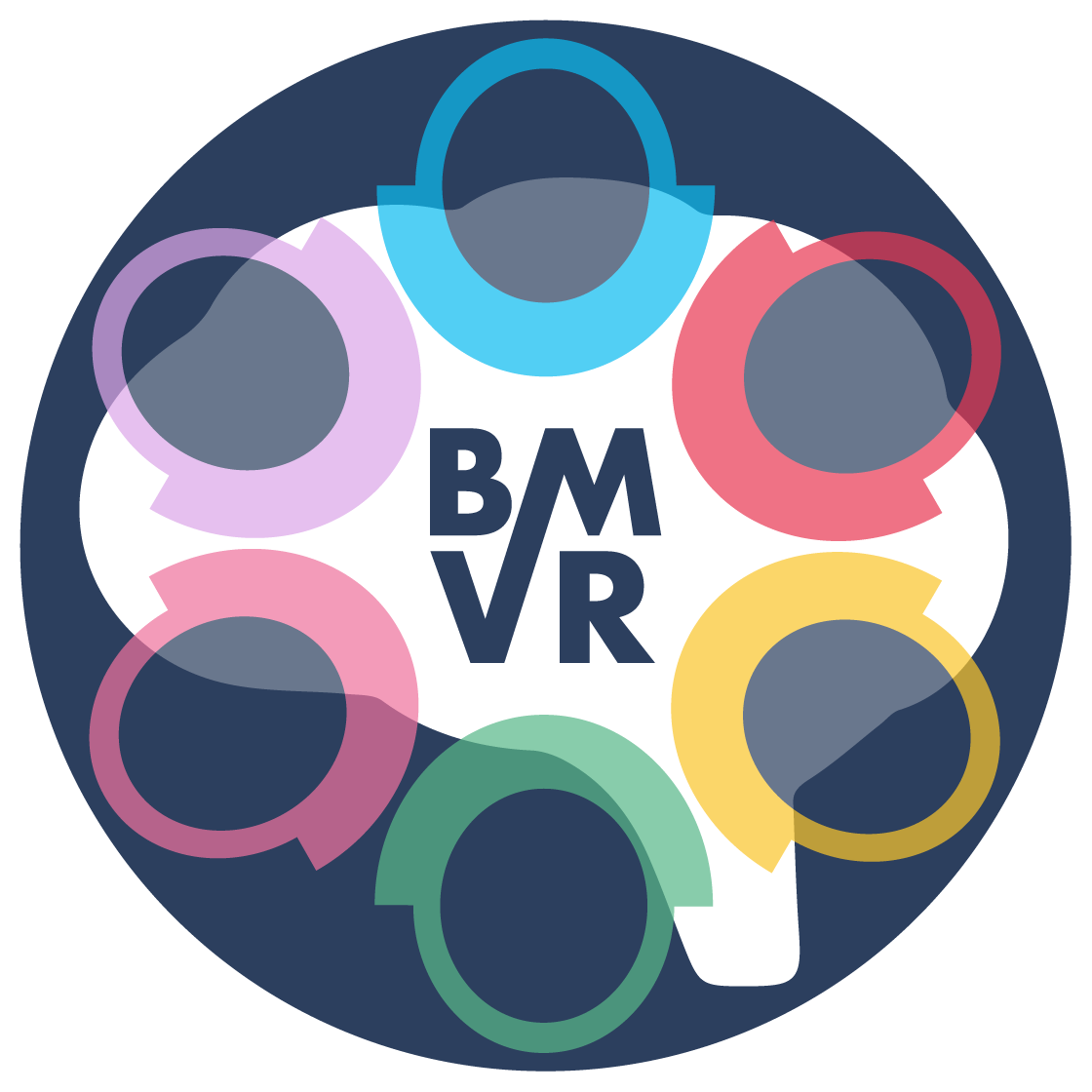April 2025 Update: MVP Roadmap Complete
One of the most useful outcomes of our collaboration with the University of Leicester maths department was their breakdown of the GCSE Maths syllabus. As we continued our regular game design sessions, refining each step in the pizza-making process to incorporate different maths concepts, we found ourselves returning over and over again to the syllabus breakdown. It’s proved really useful in helping us make decisions about which of the numerous possible mini-games we should actually include in the Minimum Viable Product (MVP); scheduled for full release in late 2025.
On several occasions we found ourselves struggling to reach agreement on which versions of a certain mini-game would work best, only to realise that one approach enabled us to tick off another part of the syllabus while the other, equally fun to play and in keeping with the Pizza Restaurant at the End of the Universe premise, simply did not. It’s made the game design process so much easier. While we didn’t explicitly set out to cover as much of the GCSE syllabus as possible in our MVP, running a pizza business seems to lend itself effortlessly to most of the relevant maths topics.
The various mini-games that make up the Pizza Maths MVP touch upon much of the GCSE maths syllabus topics without breaking a sweat.
This approach to game design, i.e. qualifying the inclusion or exclusion of any possible mini-game according to not just playability, but also syllabus coverage, will no doubt continue to pay dividends further down the line. Once the MVP has been released we can finalise the roadmap with further mini-games specifically designed to fill any major gaps in the syllabus. For example, understanding factors and multiples (N6) will come in relevant when we come to enable players to level up to use multiple ovens simultaneously, employ other staff to increase efficiency and plan expansion as the customer footfall increases from one day to the next.
In any business it is important to collect and analyse data regarding how efficiently the business is being executed (P2). In the context of Pizza Maths VR, it might also make sense to keep track of how many customers tip and how many demand a refund. As a way of tracking the health of the business and its operating practices. To understand this kind of data fully it would help to have it plotted in graphs and charts (P3) and abbreviated in terms of central tendency (P4). This will help learners to make maths-based decisions on how best to expand the business to increase profitability. The relevance of this kind of exercise to every day life is plain to see. Pizza Maths VR will actually prepare students for real life scenarios that are highly relevant to actual business needs, rather than “just” helping them to get better exam grades.
How many tables and chairs can be comfortably fit into a given surface area? How might use of extra staff be used to relieve bottlenecks in particularly busy periods of the day? What trajectory might the delivery drones need to take to reach the target star system? Saving up cash to pay for all these modifications will be the overarching goal for most learners - a tried and tested method of keeping them glued, but this time to the betterment of their GCSE exam outcomes…
By the time we’ve finished with them we could end up with maths learners who have an intuitive understanding of restaurant management, ready to take on a real franchise or, better still, start up a business of their own.
In next month’s update we’ll be sharing news of our new user testing campaign up in the North West of England, this time spearheaded by a 13-year-old member of the co-creation team who will be coordinating testing in his secondary school in the Lake District. Watch this space…
















